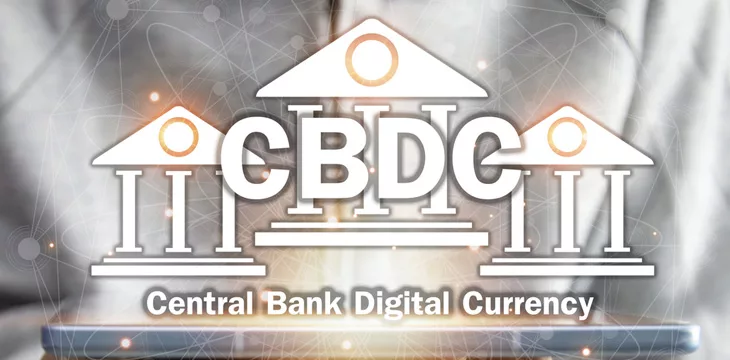
|
Getting your Trinity Audio player ready... |
Amid the growing buzz around blockchain, the Federal Reserve Bank of New York’s Innovation Center (NYIC) has released the report of its Proof-of-Concept (PoC) for a Regulated Liability Network (RLN).
The PoC report, released on July 6, is a collaboration between the NYIC, SWIFT network, and nine other financial institutions. According to the report, participants in the study recorded successes in using a shared ledger to settle local and international payments denominated in U.S. dollars.
The PoC explored the business, technical, and legal aspects stemming from using an RLN, noting the perks of interoperability for a wide spectrum of digital assets. On the business side, the report noted that relying on a shared ledger will ensure the dollar’s position as the leading currency for financial settlements.
“The business workstream concluded that the network has the potential to deliver improvements in the processing of wholesale payments due to its ability to synchronize U.S. dollar-denominated payments and facilitate settlement on a near-real time, 24 hours a day, 7 days a week basis,” the report read.
According to the technical report, researchers pointed out that the overarching architecture for the RLN was sufficient to provide users with settlement finality. It was noted that integrating smart contract functionalities opened limitless possibilities for liquidity management and further programmability.
The researchers opined that RLN might be integrated with commercial bank deposit tokens or a wholesale central bank digital currency (CBDC) may offer a range of benefits. On the legal side of things, researchers noted that using tokens to represent ownership of bank deposits would not change the status of the deposits but said that extensive interfaces with regulators are required.
“The legal workstream did not identify any insuperable legal impediments under existing U.S. legal frameworks that would prevent the establishment of an RLN system as contemplated in the PoC,” a report from the legal workstream read.
Walking the tightrope with CBDCs
Although the report explored the viability of settlements with wholesale CBDCs, the prospects of a real-world application appear bleak, given the mounting criticisms toward CBDCs in the U.S.
Several state governments have taken preemptive steps to halt CBDC development and usage in their jurisdictions, citing the government-backed digital currency as a surveillance tool.
A new study from Cato Institute indicates that an overwhelming majority of Americans are averse to CBDCs, with only 16% supporting a launch. Despite the criticisms, several institutions have begun probing the feasibility of a digital dollar in the face of plummeting cash usage in the country.
To learn more about central bank digital currencies and some of the design decisions that need to be considered when creating and launching it, read nChain’s CBDC playbook.
Central Bank Digital Currencies and Blockchain: The view from the Swiss National Bank
Recommended for you
Lorem ipsum odor amet, consectetuer adipiscing elit. Elit torquent maximus natoque viverra cursus maximus felis. Auctor commodo aliquet himenaeos fermentum
Lorem ipsum odor amet, consectetuer adipiscing elit. Accumsan mi at at semper libero pretium justo. Dictum parturient conubia turpis interdum

 11-22-2024
11-22-2024


